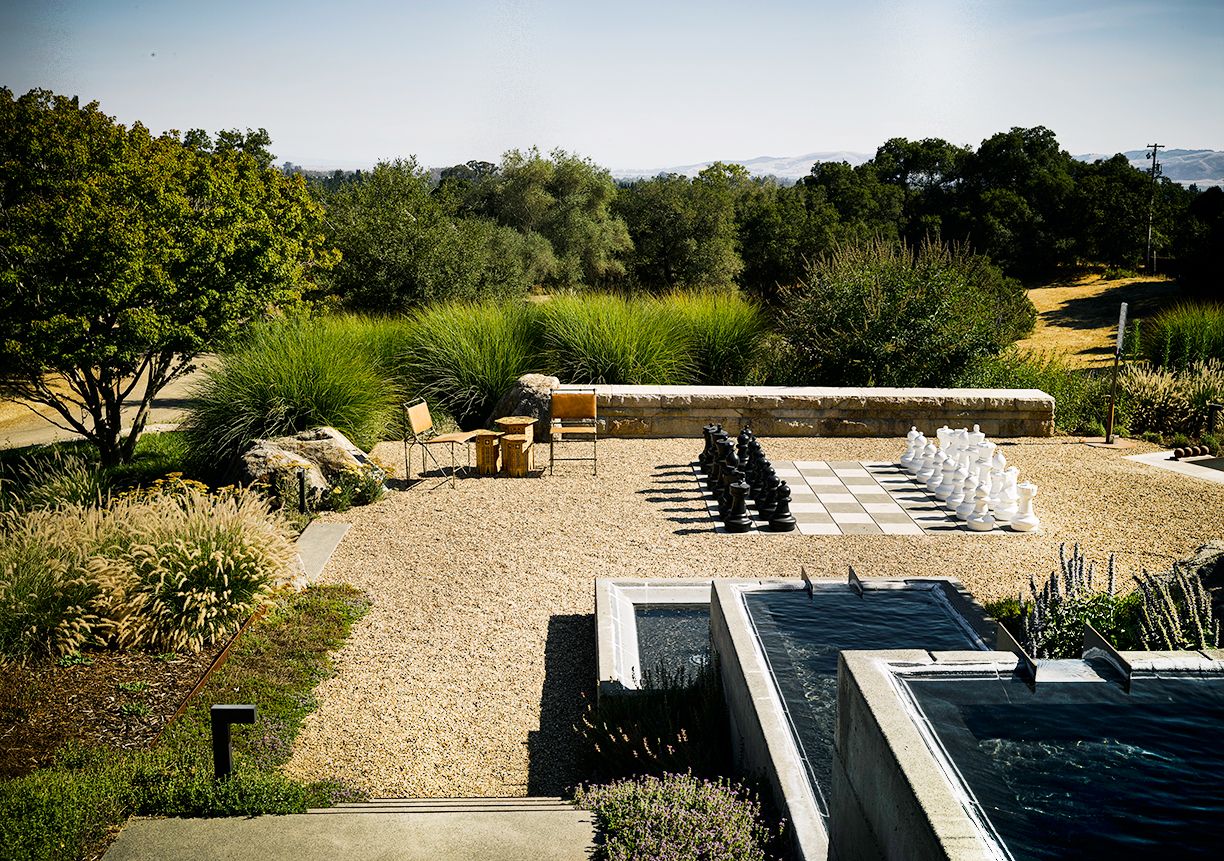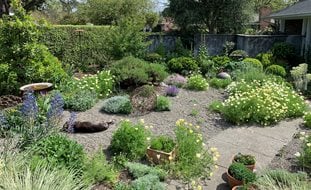The Facts About Landscape Design Revealed
The Facts About Landscape Design Revealed
Blog Article
Indicators on Landscape Design You Should Know
Table of ContentsLittle Known Questions About Landscape Design.7 Simple Techniques For Landscape Design7 Simple Techniques For Landscape Design4 Easy Facts About Landscape Design ShownLandscape Design - Questions
When designing a residential landscape, one of the most important step is to put a strategy on paper. Establishing a plan of attack will certainly save you time and money and is most likely to result in a successful style. A plan of attack is developed with the 'design procedure': a step-by-step approach that takes into consideration the environmental problems, your wishes, and the elements and concepts of design.The useful diagram is after that used to situate the activity rooms on the site and from this layout a conceptual strategy is established. The last step is a last style that includes all the hardscape and growing information that are essential for installment. Landscape Design. Throughout the design procedure there are ten crucial things to think about: for plant selection and activity area by considering what you want and need to aid identify forms and organize spaces by assigning task areas and connecting with aspects for both the setting and the customer by utilizing massing and layering methods such as shift areas and prime focus in the products, the shades, and the surface textures for the growth and upkeep of plants by utilizing sustainable design methods A complete inventory and analysis of the site is essential to establish the environmental problems for plant development and the most effective use of the website
It is constantly best to use plants that will flourish in the existing dirt. Where plants expand well, keep in mind the soil conditions and use plants with similar expanding needs.
Unknown Facts About Landscape Design
Topography and drain should additionally be kept in mind and all drainage troubles remedied in the proposed layout. A great layout will certainly move water far from your house and re-route it to other locations of the yard. Environment issues start with temperature: plants have to be able to make it through the ordinary high and, most importantly, the ordinary low temperature levels for the area.
Figure 1. Sunlight and shade patterns. Credit: Gail Hansen, UF/IFAS It is crucial to note all the status quo on a precise base map when doing the website inventory (Number 2). Energies such as power lines, septic systems, below ground utilities and roofing overhangs determine plant place. Use a land surveyor's plat of your home for the borders and area of your home.

The Only Guide for Landscape Design
Spending plan worries include the products, preliminary installment expenses and the on-going maintenance prices. Figure out the time and cash you agree to take into maintaining the plants and hardscape-be practical regarding your intentions and capacity. Figure 3. Existing use locations. Credit Report: Gail Hansen, UF/IFAS Figure 4. Recommended use locations. Credit Report: Gail Hansen, UF/IFAS There are various landscape layout styles- from straightforward to complicated, yet it is valuable to choose one to assist your plant and product selection.
Many individuals find it handy to look in horticulture magazines and books for concepts. This is a good begin, but realize that the yards in the pictures were chosen because they are superior examples. Consider the pictures with an essential eye to collect ideas that you can adjust to your passion degree, your spending plan and your site.
Make a decision if you wish to open your yard, shut your backyard, or a little of both, to these views. To put it simply, do you desire the yard to confine the area around you and connect mostly to your home, or do you desire the garden to open views and look exterior, connecting to the environments? This will offer you a beginning factor to consider a style.
Unknown Facts About Landscape Design

In a form style the organization and shape of the rooms in the lawn is based either on the form of your house, the form of the areas in between your home and the residential or commercial property limits, or a favorite form of the property owner. The kind theme establishes the shape and organization (the format) of the spaces and the links in between them.
Architecture is typically the key source of a motif, however motifs can also stand for a time, a society, a place, or a sensation, such as serenity or calmness. The benefit to using a standard design theme is the well-known set of kinds and aspects have historically worked well with each other and sustained the examination of time.
Unknown Facts About Landscape Design
The outside wall of your house commonly functions as sites the initial wall surface or starting point of an outside space. Incompatible uses ought to be separated, and related tasks, such as food preparation and eating, need to be put together to make the yard much more reliable and enjoyable - Landscape Design. When using hardscape to create areas, use building and construction material similar to that made use of in your house for connection from your home right into the garden
This gives a feeling of next page enigma that advertises expedition and exploration of the landscape. From a layout viewpoint, plant materials have three significant functions in the landscape: aesthetic, architectural and utilitarian. Aesthetically, plants develop an aesthetically positive atmosphere and structurally plants organize and specify areas. Plants are utilitarian because they can change the atmosphere for the comfort of the user by changing light, temperature and moisture.
Report this page